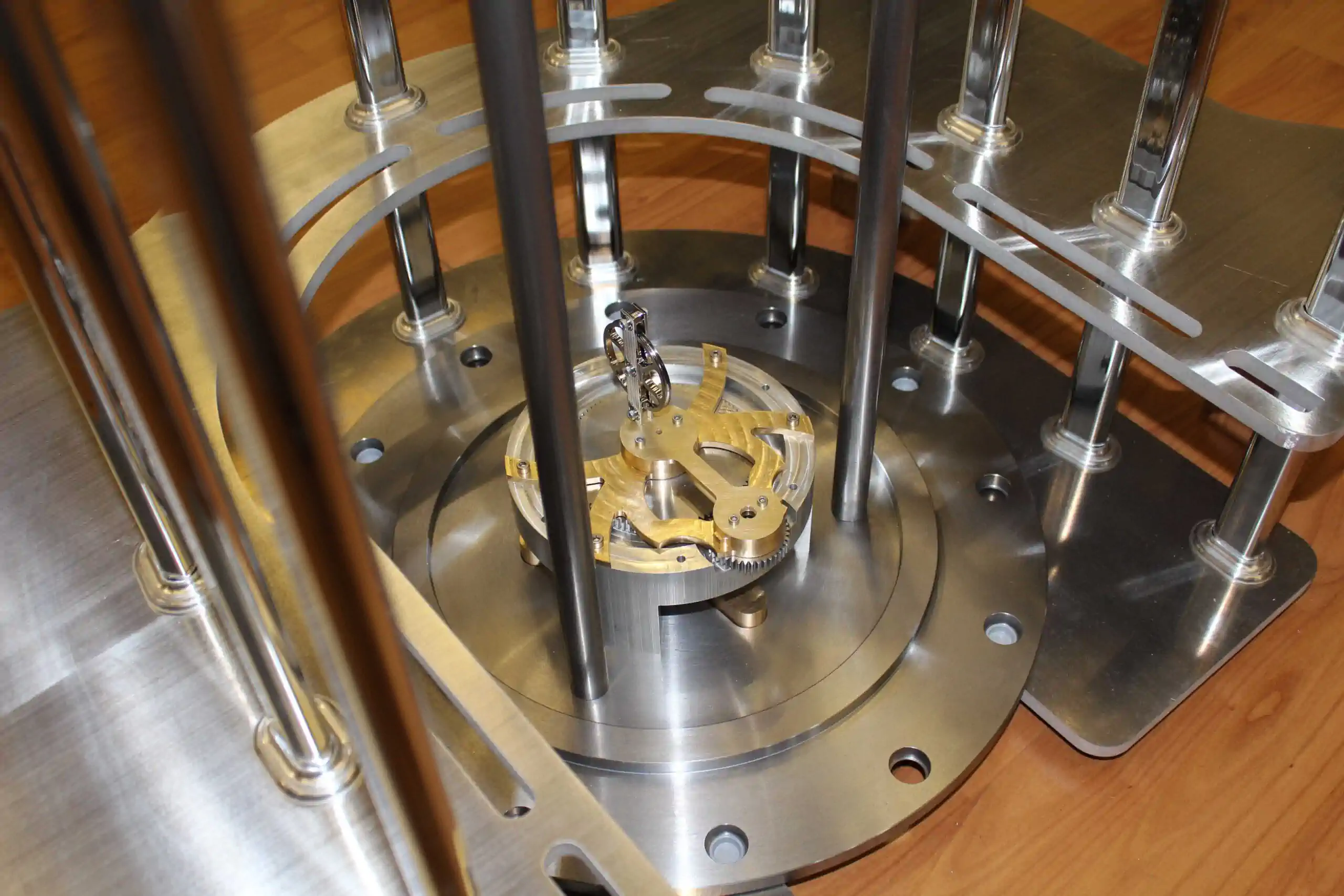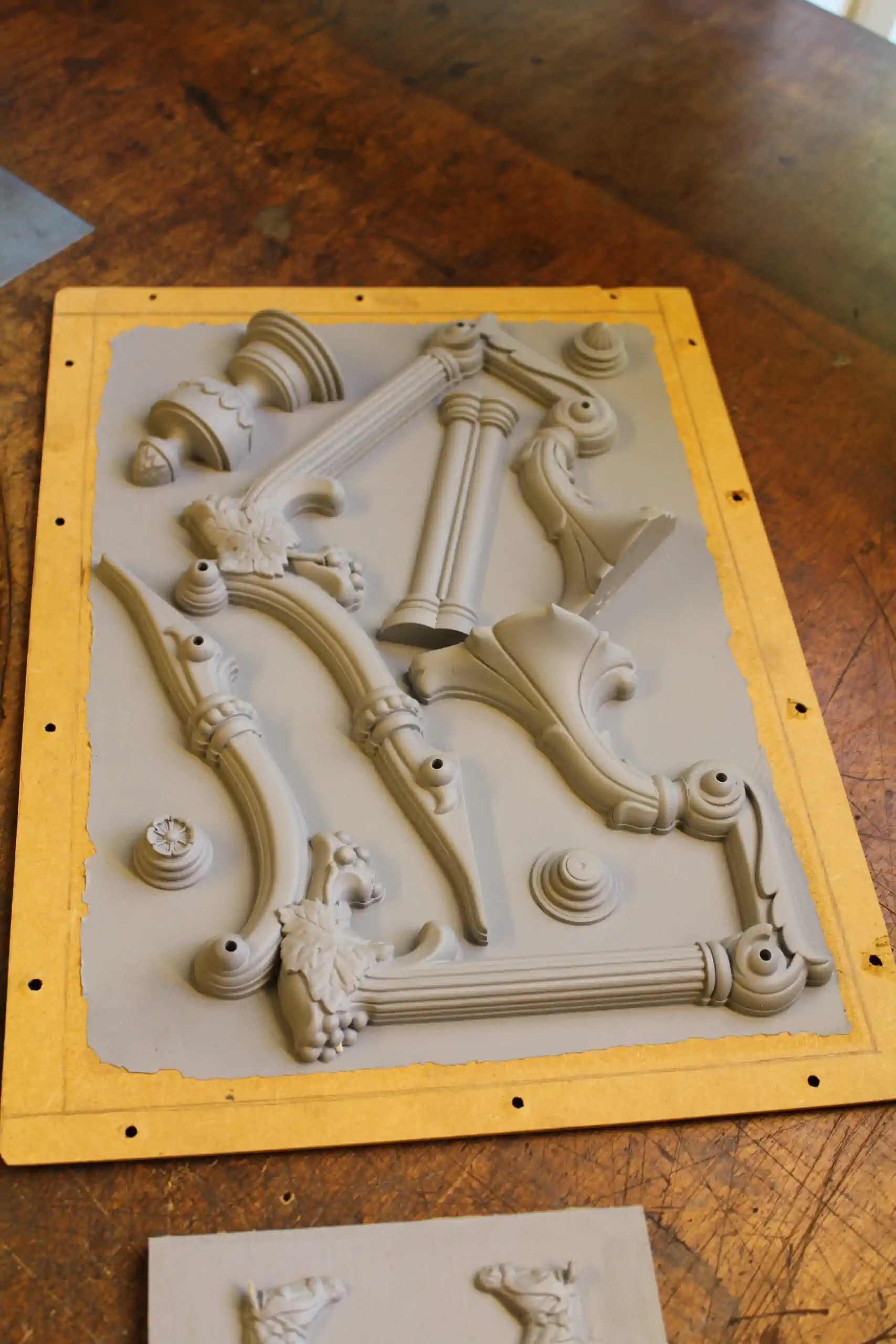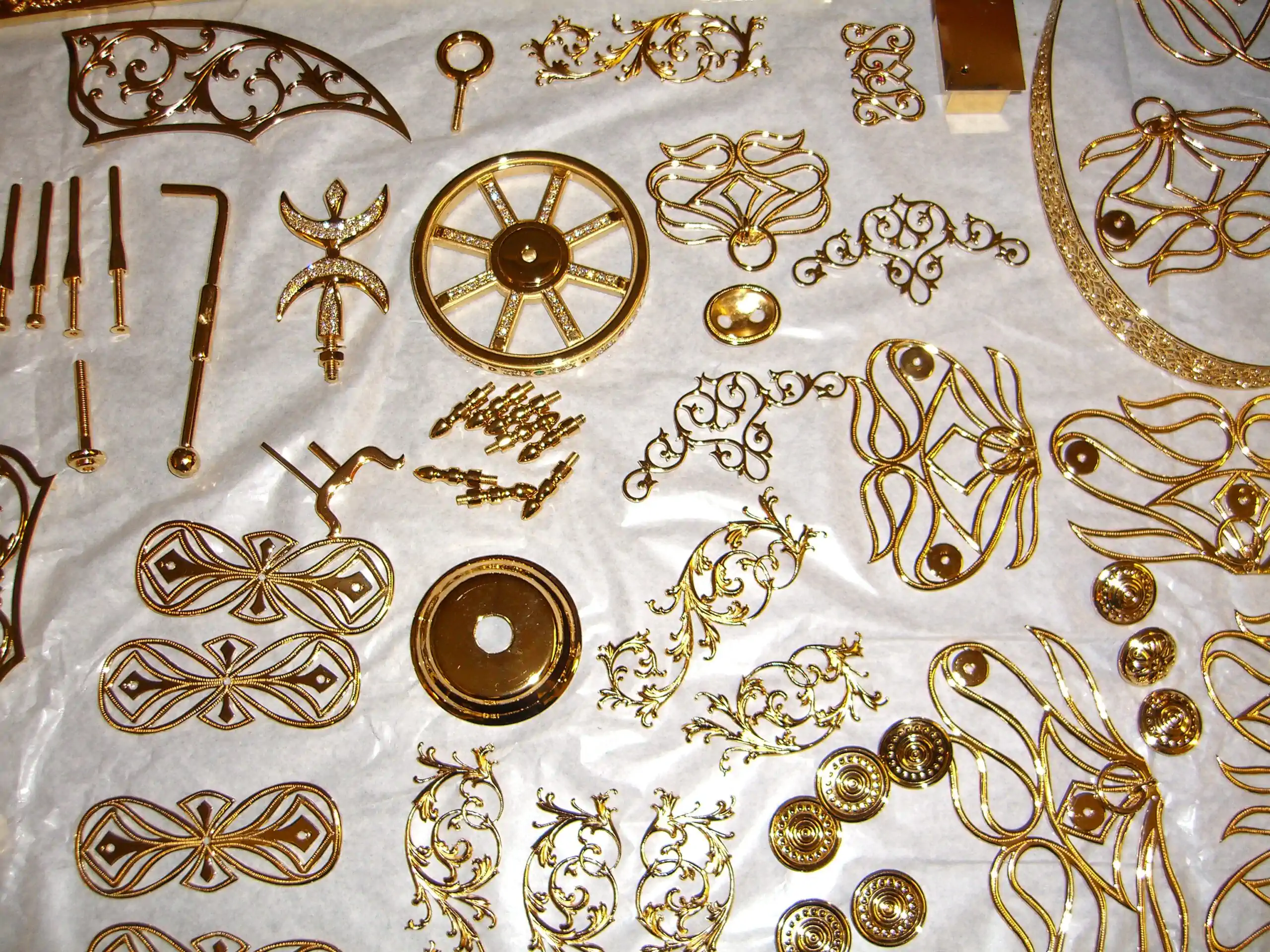
Silver has long fascinated humanity, embodying purity, elegance, and wealth. Over the centuries, artisans known as silversmiths have crafted intricate pieces of art and utility. Among these, the House of Mueller Murgenthal is a paragon of craftsmanship and skill, making a significant mark in silversmithing. This article delves into the world of silversmithing, exploring its origins, development, and the historical significance it holds today, with a particular emphasis on the contribution of the House of Mueller Murgenthal.
Silversmithing’s history can be traced back to ancient civilizations, around 4000 B.C., with the Sumerians in Mesopotamia. However, it was in Ancient Egypt that the craft truly began to flourish. Ancient Egyptians esteemed silver even more than gold due to its rarity. They produced beautiful amulets, jewelry, vessels, and ceremonial objects that portrayed their sophisticated skills.
As the craft of silversmithing evolved, it saw many masters. But few have attained the proficiency and renown in this age-old craft as the House of Mueller Murgenthal. Drawing upon ancient traditions while pushing the boundaries of design and technique, their pieces are a testament to the enduring allure of handcrafted silver.
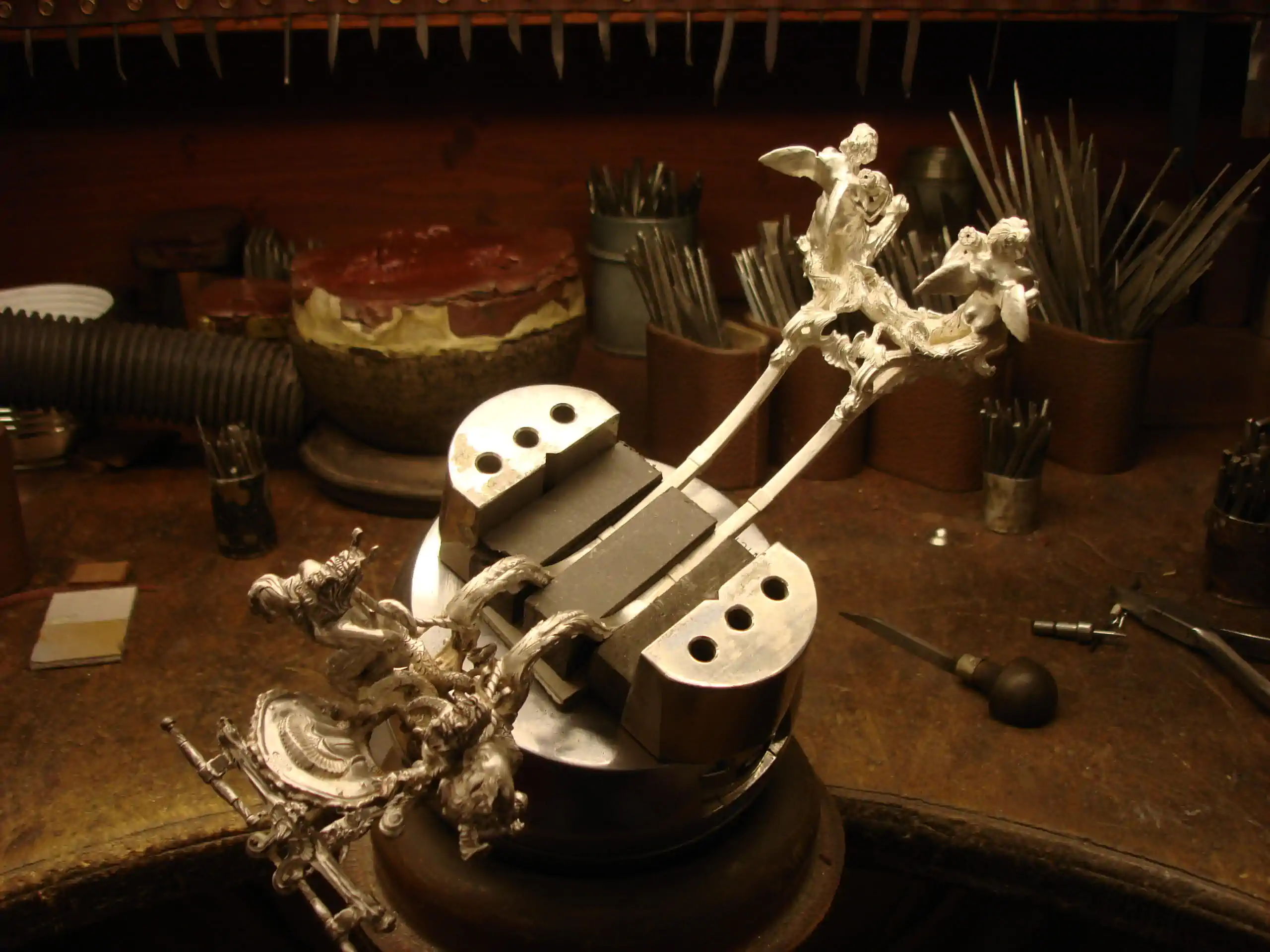
During the Middle Ages, the craft of silversmithing took on a predominantly religious function. Silversmiths created chalices, reliquaries, and crucifixes, among other ecclesiastical objects. This period also saw the establishment of guilds, professional organizations that maintained quality standards and protected the interests of their artisan members.
The Renaissance ushered in an era of great artistic expansion. Silversmiths began experimenting with design, moving away from purely religious motifs and incorporating secular themes. During this time, the distinction between goldsmiths and silversmiths blurred, with many artisans working with both precious metals.
The rise of global trade during the Age of Exploration led to a dramatic increase in the availability of silver. Silver pouring into Europe from the New World created elaborate baroque and rococo silver works. This period also saw an increase in the production of domestic silverware, which was considered an essential status symbol among the upper classes.
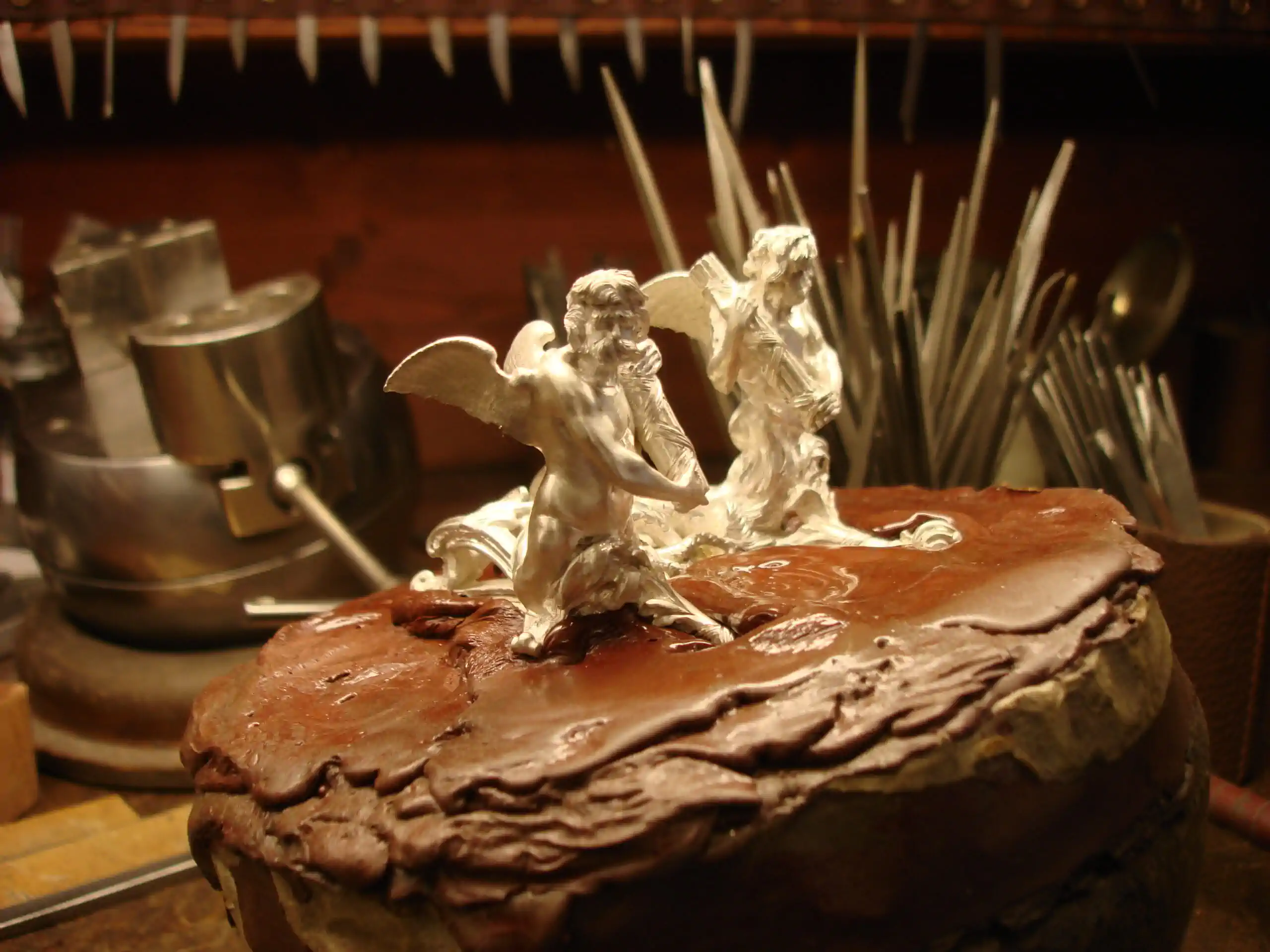
The advent of the Industrial Revolution in the late 18th century had a profound impact on silversmithing. With the introduction of mechanization, silver items could be mass-produced, making them more accessible to the middle class. However, this also led to a decline in handcrafted items and reduced the demand for traditional silversmithing skills.
The late 19th-century Arts and Crafts Movement sought to revive traditional craftsmanship in response to mass-produced, machine-made goods. There was renewed interest in hand-forged silver objects, emphasizing the individual artisan’s creativity and skill.
The 20th century saw various art movements influencing silversmithing. The Art Nouveau and Art Deco periods introduced new aesthetics, with designs emphasizing fluidity, abstraction, and modernity. During the mid-20th century, Scandinavian design principles of simplicity, minimalism, and functionality greatly impacted the field.
Today, silversmithing remains a blend of traditional and modern. While machine-made silver objects are widely available, there is also a thriving market for handcrafted silver goods valued for their unique artistry and craftsmanship. Many silversmiths are now combining modern technology like 3D printing with traditional techniques to create innovative designs.
Throughout history, silversmithing has demonstrated humanity’s enduring fascination with the beauty and versatility of silver. From its ancient roots to contemporary practice, silversmithing has journeyed through time, adapting to social, economic, and technological changes while retaining its essential craftsmanship. The House of Mueller Murgenthal stands as a testament to this enduring tradition, upholding the rich heritage of silversmithing while continually innovating for the future. Undoubtedly, the evolution of this noble craft, led by skilled artisans like those at the House of Mueller Murgenthal, will continue to surprise and delight us in the centuries to come.
